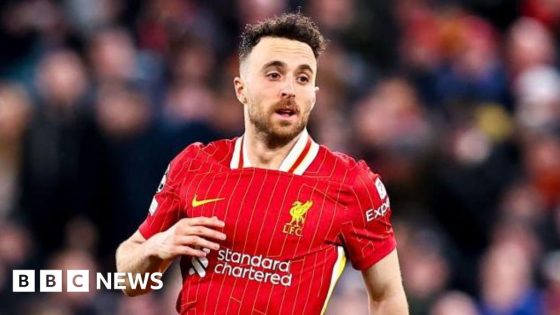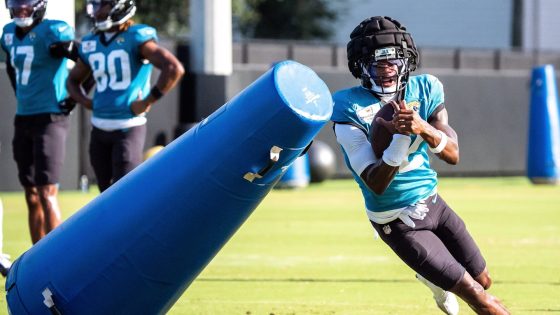The tragic passing of Portuguese footballer Diogo Jota has sent shockwaves through the sports community. The 28-year-old Liverpool star was involved in a fatal car crash on a Spanish motorway, raising questions about road safety for athletes. On 2025-07-08 18:21:00, police reported that Jota was likely speeding when his Lamborghini crashed, resulting in his death and that of his brother, André Silva.
- Diogo Jota was driving during the crash.
- Accident involved a Lamborghini car.
- Speeding likely contributed to the incident.
- Jota married shortly before the accident.
- Funeral held in Gondomar, Portugal.
- Road conditions deemed driveable by police.
Initial investigations by Spain’s Guardia Civil suggest that a suspected tyre blowout caused the vehicle to veer off the A52 motorway near Palacios de Sanabria. Eyewitness accounts indicate the car was overtaking when it lost control, ultimately bursting into flames. The tragic incident occurred just 11 days after Jota’s wedding, leaving behind a grieving family and a stunned football world.
This heartbreaking event raises critical questions about athlete safety and responsibility. How can sports organizations better support players in their personal lives? The investigation into the crash is ongoing, but several key points have emerged:
- Jota was reportedly driving at excessive speeds beyond the 120km/h limit.
- Police found tyre marks indicating loss of control about 100 meters from the impact.
- The road was deemed safe for driving, contradicting earlier claims of it being an accident “black spot.”
- The tragic loss has left a void in the football community, especially among Liverpool fans.
As the football world mourns, attention will soon turn to upcoming matches and how teams will honor Jota’s legacy. Fans and players alike are encouraged to reflect on the importance of safety and well-being in sports.

































